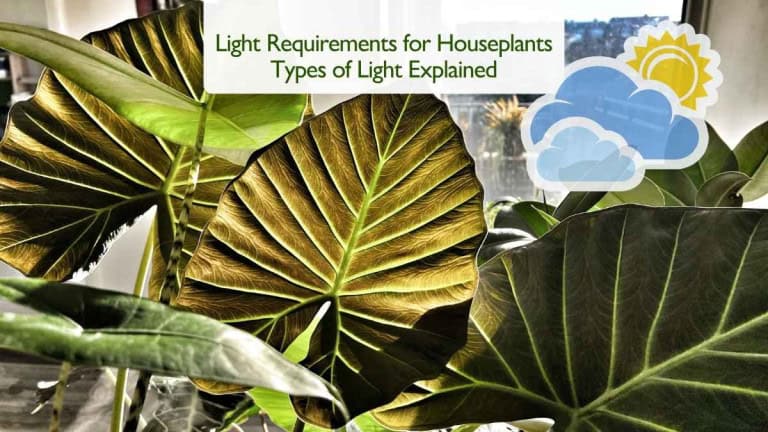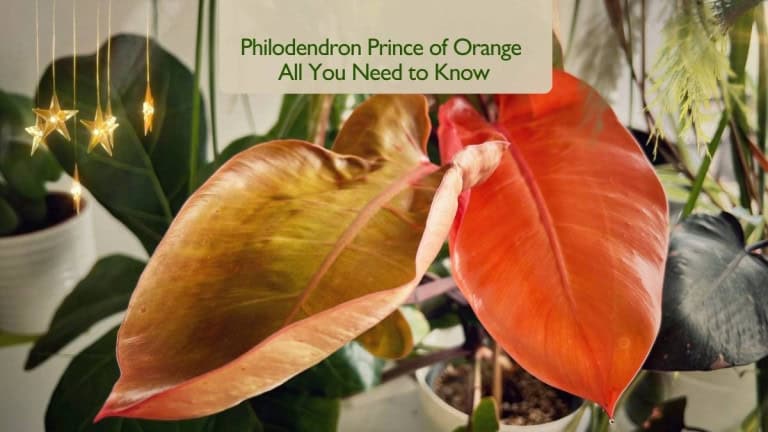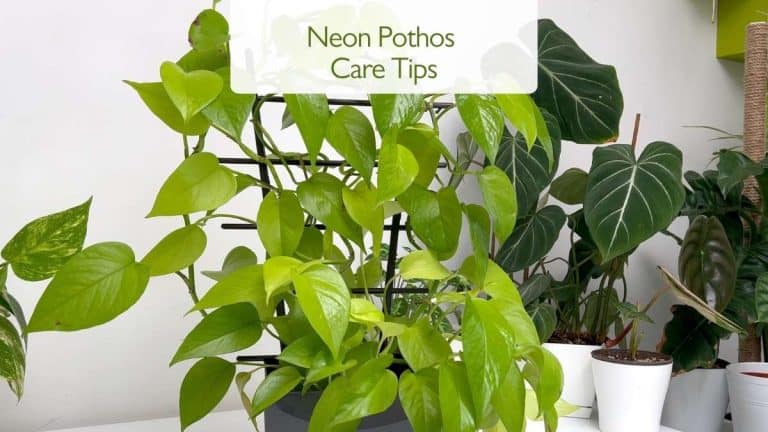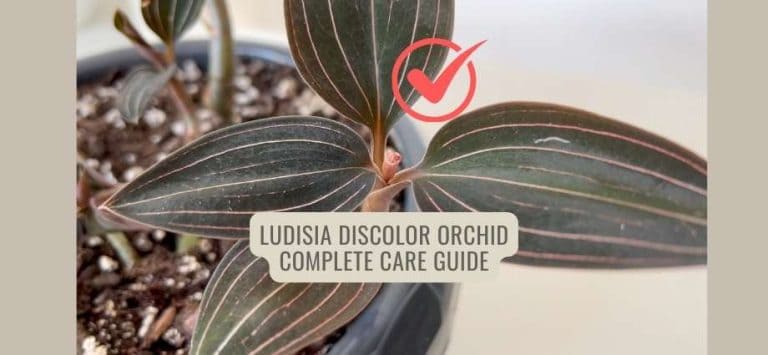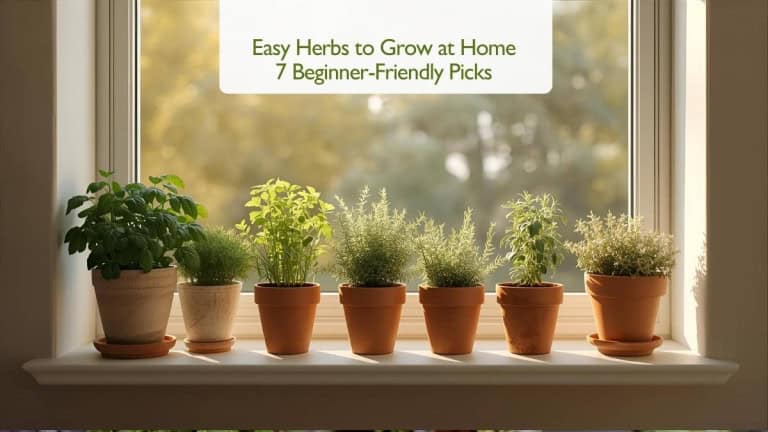Light Requirements for Houseplants: The Secret to Thriving Indoor Plants
Light is one of the most important factors in keeping your indoor plants healthy and thriving.
Without enough of it, even the best soil or fertilizer won’t help.
Understanding the light requirements for houseplants will completely change how your plants grow, look, and respond to care.
Whether your home has bright, sunny windows or just a few shaded corners, there’s always a plant that fits perfectly – you only need to understand its light requirements.
The light requirements for houseplants depend on each plant’s natural habitat. Most indoor plants thrive in bright, indirect light, while some prefer low light or full sun. Understanding your home’s light levels helps you place plants in the right spot, encouraging strong growth, vibrant leaves, and overall healthier plants.
Why Light Is So Important for Plants
Light is the main source of energy for photosynthesis – the process that keeps plants alive.
When they get the right amount, they produce lush foliage, strong roots, and even blooms.
Too little light leads to slow growth, pale leaves, and weak stems; too much light can scorch or fade them.
Understanding the light requirements for houseplants is the first step toward finding that perfect balance.
💧 Did You Know? From light depends how much water your plants actually need.
When you understand the light requirements for houseplants, it becomes easier to know how often and how much to water them.
If you’d like to learn how to water correctly based on light, pot size, and soil type, watch my detailed video below 👇
Click here to watch the video on YouTube
Light Requirements for Houseplants: Types of Light Explained
Understanding the light requirements for houseplants starts with learning how different types of light affect growth. Every indoor plant has its own comfort zone – some love direct sunshine, while others prefer the soft glow of filtered light.
Knowing how to recognize and adjust each type will help you find the perfect spot for every plant in your home.
1. ☀️ Bright Direct Light

Bright direct light comes from south-facing windows in the Northern Hemisphere, or north-facing windows if you live in the Southern Hemisphere.
It’s the most intense type of light – the sun’s rays hit the leaves directly for several hours each day.
Perfect for sun-loving plants such as cacti, succulents, jade plants, ponytail palms…
How to recognize it:
If you stand by the window at noon and feel the warmth of the sun on your skin, that’s direct light. The shadows are sharp and well-defined.
Signs of too much light: scorched, crispy, or faded leaves, especially if plants aren’t adapted to full sun.
If you notice white patches or dull color, move the plant a bit further from the window or use a sheer curtain to soften the rays.
💡 Tip: Even sun-loving plants need gradual exposure. Avoid moving them from a dark corner straight into full sun – let them adapt slowly.
2. 🌤️ Bright Indirect Light

Bright indirect light is strong but filtered – sunlight never touches the leaves directly.
This is the sweet spot for most tropical houseplants like Monstera, Philodendron, Alocasia, Fiddle Leaf Fig, and Anthurium.
How to create it:
Place your plant about one meter (3–4 feet) away from a sunny window, or diffuse sunlight with a sheer curtain. You’ll still see a bright glow in the room, but without harsh beams on the leaves.
How to recognize it:
If you hold your hand above the plant, you’ll see a soft, blurry shadow – not a sharp one.
Common mistake:
Many people confuse “bright indirect light” with shade. But it’s actually bright – just not direct.
If you need to turn on a lamp during the day to see your plant clearly, it’s probably too dark.
3. 🌥️ Medium Light

Medium light is found near east or west-facing windows, where plants receive gentle morning or late-afternoon sun.
The sun isn’t harsh here, so plants can enjoy a few hours of soft rays each day.
Perfect for Snake Plants, Pothos, Peace Lilies, and Dracaenas.
How to recognize it:
The room feels bright and airy during the day, but the sun doesn’t stay long on one spot. Shadows are soft and less defined.
Extra tip:
Plants in medium light might lean toward the window – rotate them every two weeks for even growth and balanced foliage. This is also a great example of how light requirements for houseplants can vary – even small changes in direction or distance from a window can affect their growth.
4. 🌑 Low Light

Low light describes corners far from windows or rooms that get mainly reflected or ambient light.
It doesn’t mean no light – it just means the intensity is low and indirect.
Only shade-tolerant plants thrive here – such as ZZ Plant, Aglaonema, Aspidistra, or some Ferns.
How to recognize it:
You can comfortably read a book without turning on the lights, but the room feels dim compared to other spaces.
If you need artificial light even during the day, it’s too low for most plants.
Important note on Light Requirements for Houseplants:
No plant can live in total darkness. If your space has no windows, use a grow light to mimic natural sunlight and support healthy growth.
💡 Light Requirements for Houseplants: Quick Reference Tip:
- Direct Light: Harsh sunbeams, hot to the touch.
- Bright Indirect: Bright room, but sun never touches leaves.
- Medium: Gentle sun for a short time, or bright shade.
- Low: Dim light, far from window – only a few plants can handle it.
How to Measure Light in Your Home
If you’re not sure what type of light you have, or how it matches the light requirements for houseplants, try these simple methods:
- Hand-Shadow Test: hold your hand about 30 cm above the plant.
- Sharp shadow = bright light.
- Soft shadow = medium light.
- Barely visible shadow = low light.
- Light-Meter App: there are many free apps that measure light intensity in lux or foot-candles.
- Most tropical houseplants prefer 1 000 – 5 000 lux.
Once you know the light requirements for houseplants in your space, adjusting them becomes simple and natural.
🏡 How to Create a Light Map of Your Home
Once you understand the light requirements for houseplants, the next step is learning how light actually moves through your home.
Each window, wall, and season changes how much light your plants receive – and knowing this can completely transform how they grow.
Here’s how to make your own simple light map to find the perfect spots for every plant:
🌤️ Step 1: Observe the Light Throughout the Day
Spend one day paying attention to how sunlight travels across each room.
Notice which windows get morning sun, which get afternoon light, and which areas stay bright all day.
You’ll quickly see patterns – for example, east-facing rooms get soft morning light, while west-facing ones are warmer in the afternoon.
🪟 Step 2: Check the Duration and Intensity
Light isn’t just about direction – it’s also about how long and how strong it is.
A few hours of gentle light in the morning can be perfect for most tropicals, while a few minutes of harsh midday sun might burn them.
You can use your phone’s light meter app to measure lux levels or simply note when sunlight enters and leaves the room.
🌿 Step 3: Match Plants with the Right Spots
Once you understand the pattern, group plants by their needs:
- Bright light plants near windows or balconies.
- Medium light plants on shelves or a few feet away from windows.
- Low light plants deeper in the room or in naturally shaded areas.
💡 Tip: Mark these spots with sticky notes or take photos at different times of day – this will help you remember where each plant will thrive best.

Bonus: Seasonal Light Changes
Keep in mind that light intensity changes with seasons, which also affects the light requirements for houseplants.
In winter, the sun sits lower, and light can reach deeper into your rooms.
In summer, it’s higher and more intense – sometimes even too strong for plants near the window.
Adjusting your setup every few months helps maintain healthy growth year-round.
How to Adjust Light for Better Growth
Even if your home doesn’t have perfect lighting, you can still improve the light conditions to meet the light requirements for houseplants, helping them grow stronger, healthier, and more vibrant.
- Rotate plants every few weeks so all sides receive equal light.
- Clean the leaves regularl, dust can block up to 30 % of light.
- Use grow lights in dark corners; choose full-spectrum bulbs that mimic natural sunlight.
- Move plants seasonally – sun intensity changes throughout the year.
(Related Topic: Winter Plant Care Tips: 5 BIG Mistakes to Avoid!)
🌻 Matching Plants with the Right Light: Light Requirements for Houseplants
| Light Level | Perfect Plants |
|---|---|
| Bright Direct | Cacti, Succulents, Jade Plant, Ponytail Palm |
| Bright Indirect | Monstera, Fiddle Leaf Fig, Alocasia, Philodendron |
| Medium Light | Peace Lily, Snake Plant, Pothos, Schefflera |
| Low Light | ZZ Plant, Aglaonema, Ferns |
🌤️ Common Light-Related Problems
- Leggy growth: plant stretching toward the window = not enough light.
- Yellowing or dropping leaves: often caused by sudden light changes.
- Brown leaf edges: direct sunlight or heat stress.
- No new growth: consistent low light for too long.
If you notice any of these signs, adjust the light gradually – never move a plant straight from shade to full sun.
Making slow changes according to the light requirements for houseplants helps prevent stress and keeps your plants growing strong.
🌱 Final Thoughts – Light requirements for houseplants
Every home has its own light map – some bright and sunny, others calm and shaded. Once you understand the light requirements for houseplants, you’ll know exactly where each plant can thrive.
When you understand your space and match it with the right plants, you create the perfect environment for them to flourish.
Start observing where the light falls during the day and move your plants accordingly. Soon, you’ll notice stronger growth, vibrant colors, and a much healthier indoor jungle.
Read more:
- How to Get Rid of Mealybugs FAST ✅ Safe & Easy Method for Houseplants
- Winter Plant Care Tips: 5 BIG Mistakes to Avoid! Houseplants Winter Care
- 432 Hz Frequency for Plant Growth 🌱 The Science Behind Healing Music
Explore More Music for Your Plants & Stay Connected!
Check out my Playlist: Music for Plants and find the perfect tunes to help your plants and yourself thrive.
Don’t forget to visit my YouTube Channel Plant House & Garden and subscribe — your support means the world to me!
Connect with me on social media for more plant care tips and music updates: Instagram | Facebook | X | Pinterest | Reddit | TikTok
Love plants? Love music? Don’t miss out on new updates — hit subscribe and follow now to keep your plants happy and your space vibrant!

